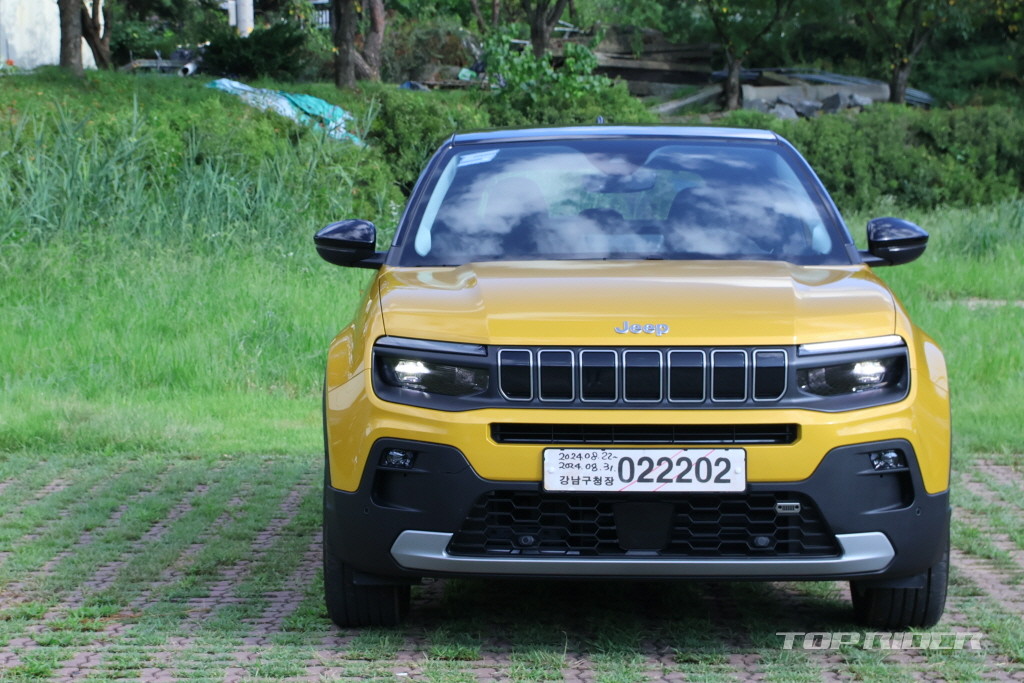
I test drove the Jeep Avenger. The Avenger is a compact SUV that inherits Jeep’s original DNA, including the iconic seven-slot grille, as an electric vehicle. The Avenger features a spacious interior compared to its body size, a solid ride similar to European cars, and a driving range of 292 km. The regenerative braking system optimized for Korea is also satisfactory.

The Avenger is the brand’s first electric vehicle, representing Jeep’s electrification direction. The Avenger will be officially released on September 4. The price is 52.9 million won for the Longitude and 56.4 million won for the Altitude. The Avenger is currently in pre-order, and the first 100 customers who pre-order will receive immediate delivery within September and will be provided with support funds through a lottery.

The Avenger national subsidy has been confirmed at 3.59 million won. With the addition of local government subsidies, the actual purchase price will be lowered to the mid-40 million won range depending on the region. The option differences between the Avenger Longitude and Altitude trims include premium leather seats, ambient lamps, lane centering assist, blind spot warning, and front/side parking sensors.

The Avenger comes standard with a 10.25-inch digital instrument panel, a 10.25-inch display, adaptive cruise control, heated front seats, a traffic sign recognition system, an emergency braking system, and a smartphone wireless connection system, but since the price difference between the Longitude and Altitude is about 3.5 million won, we recommend the Altitude.

The Avenger is based on the Stellantis e-CMP2 platform. Compared to the existing e-CMP platform, vibration during driving has been reduced and rigidity has also been improved somewhat. The Avenger body size is 4084mm in overall length, 1797mm in overall width, 1536mm in overall height, and the wheelbase is 2562mm. It is similar in size to the domestic car Kia Stonic.
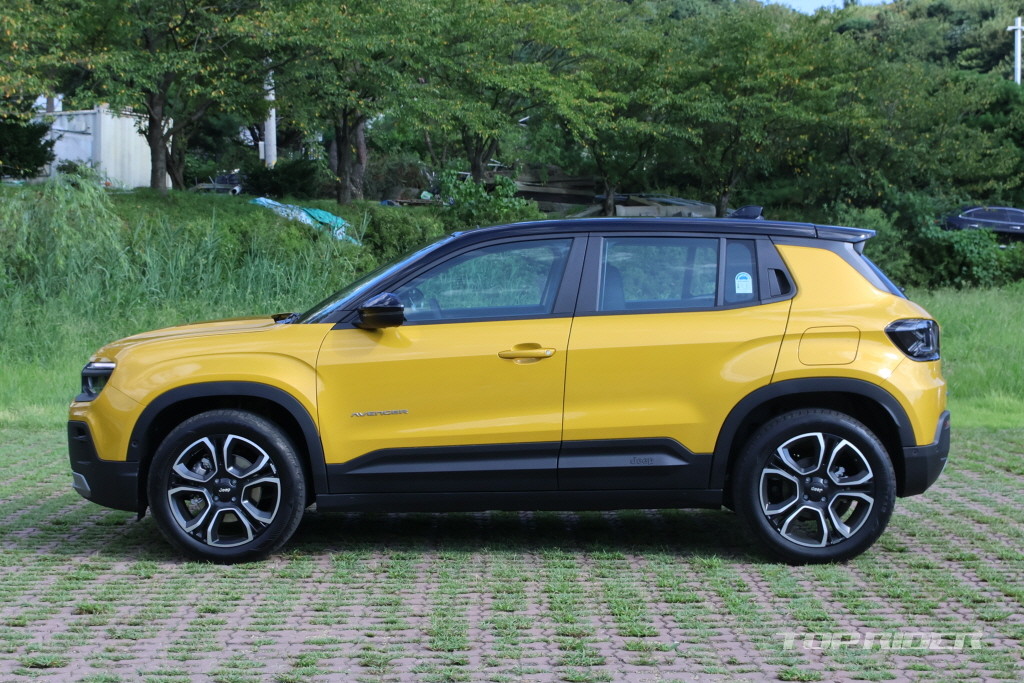
The exterior of the Avenger reflects the authentic DNA of Jeep. The Avenger has a boxy style overall. The front features Jeep’s signature seven-slot grille. The side features a stable proportion based on a long wheelbase compared to the overall length. The rear lamp is inspired by portable fuel tanks in the shape of an ‘X’.
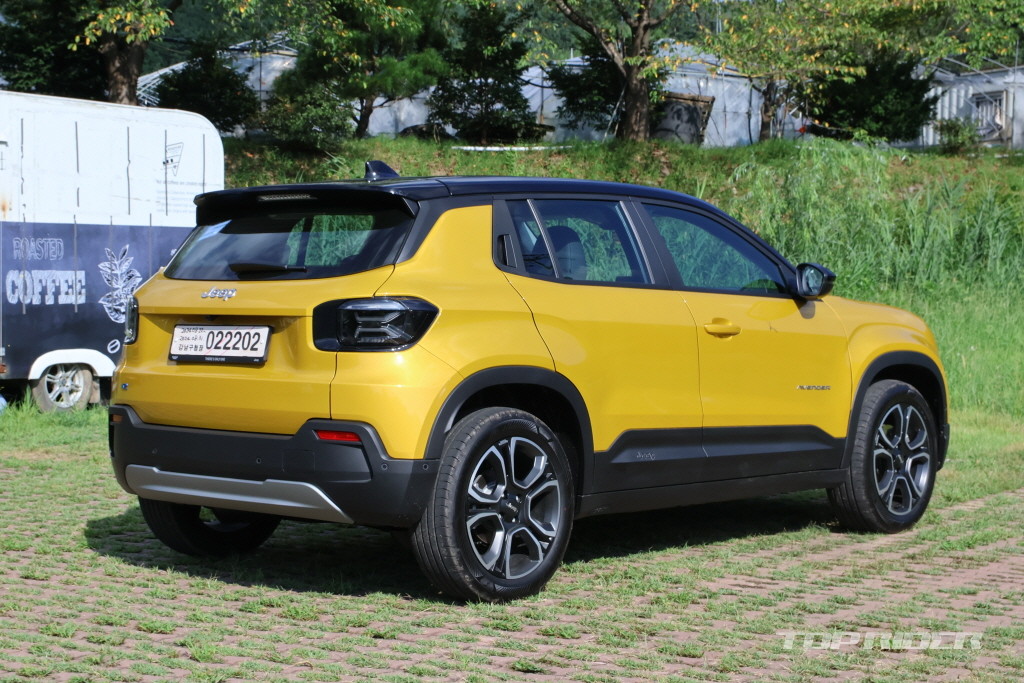
In particular, the exterior of the Avenger is equipped with a 360-degree body protection bumper and side skirts, a protective panel that wraps around the headlamp, and an integrated skid plate, targeting a functional design. The exterior colors of the Avenger include beige, white, red, black, yellow, gray, and emerald, while the Altitude supports two-tone colors.
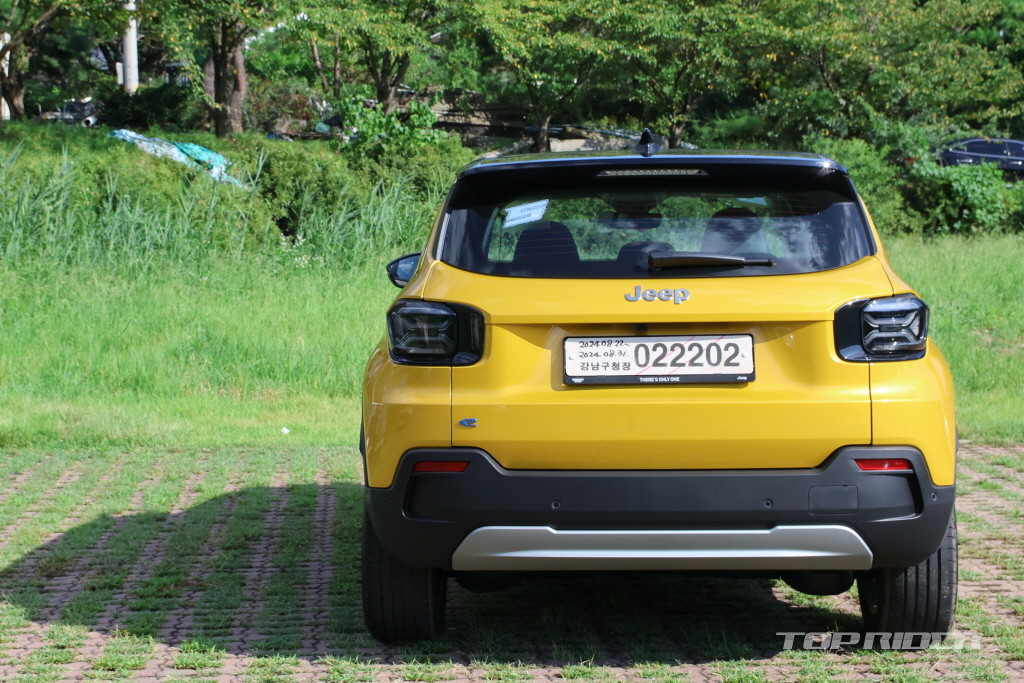
The Avenger interior features a 10.25-inch digital instrument panel and display, 6:4 2-row folding seats, etc. The driver’s seat power seat based on the Altitude trim offers a massage function. A total of 34 liters of storage space is provided, including a dashboard and large cup holders. For reference, the 34 liters capacity can hold 580 ping-pong balls.
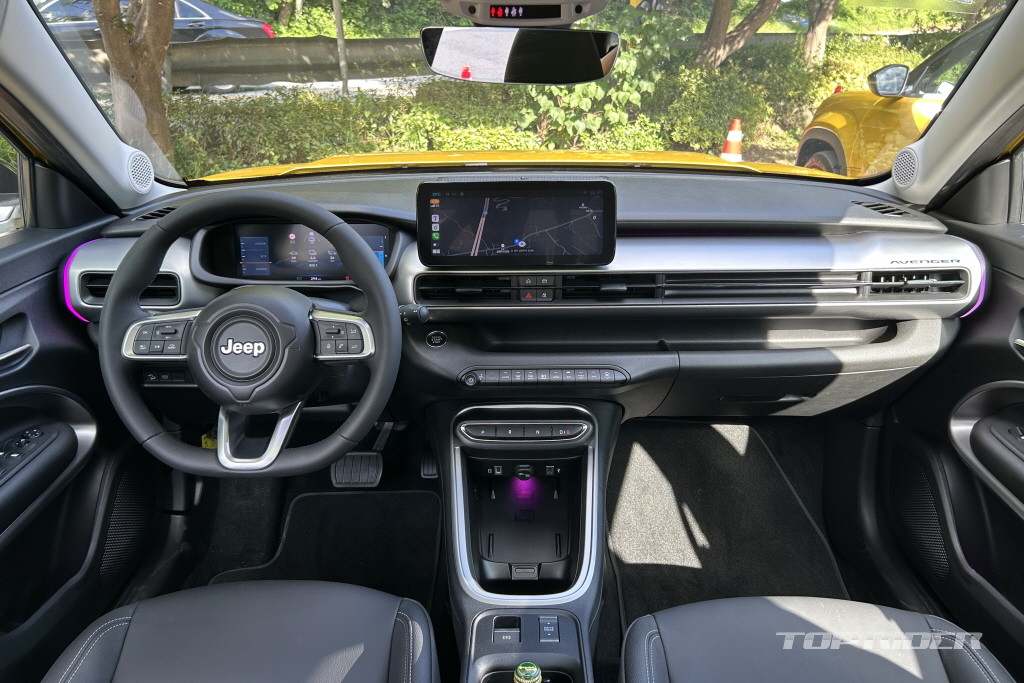
The trunk capacity is 321 liters. The Avenger’s driver’s seat position is on the high side. Its strengths are its wide front and side views. Even if the first row seat position is set a little more leniently, there is not enough legroom for a 180 cm tall adult. You have to sit with your legs spread apart. Fortunately, the legroom is wide.
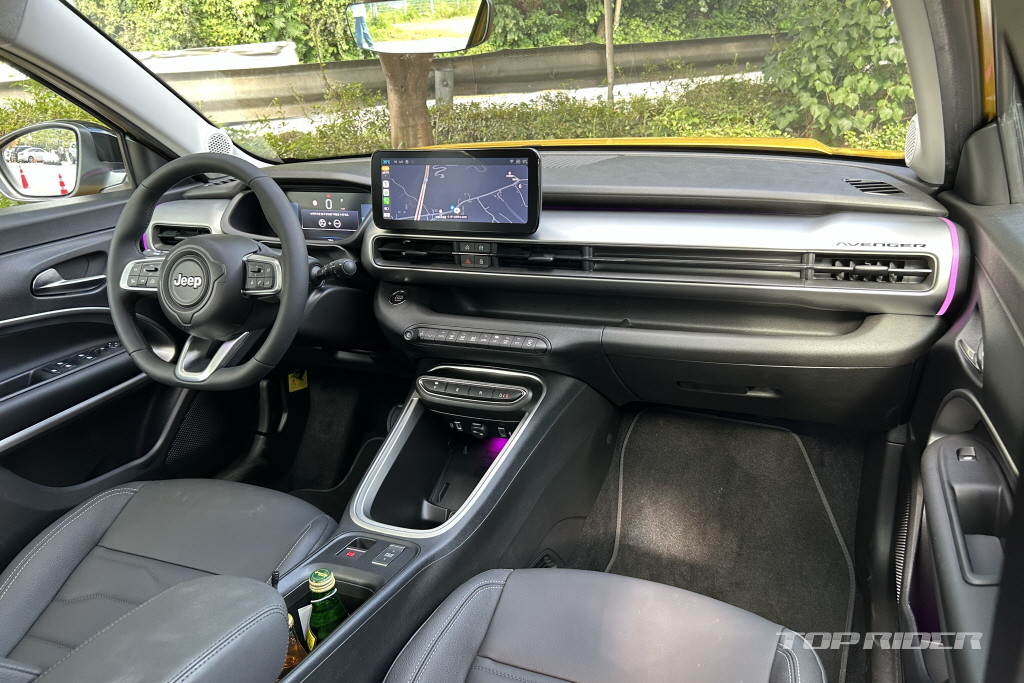
The Avenger is equipped with a 54kWh lithium-ion battery. The driving range on a single charge is 292km based on domestic certification standards. The battery is supplied by CATL. The Avenger is equipped with an electric motor and battery shield. The manufacturer explains that there have been no fire accidents in the Avenger sold globally, including in Europe.

After driving the Avenger for a total of 71km, the battery usage was 22%. It should be noted that this was a harsh test drive with the air conditioner turned on at 18 degrees and 4th gear, and with little use of regenerative braking. In the approximately 20km section where the battery was driven in accordance with the surrounding flow, the battery usage was around 6%.
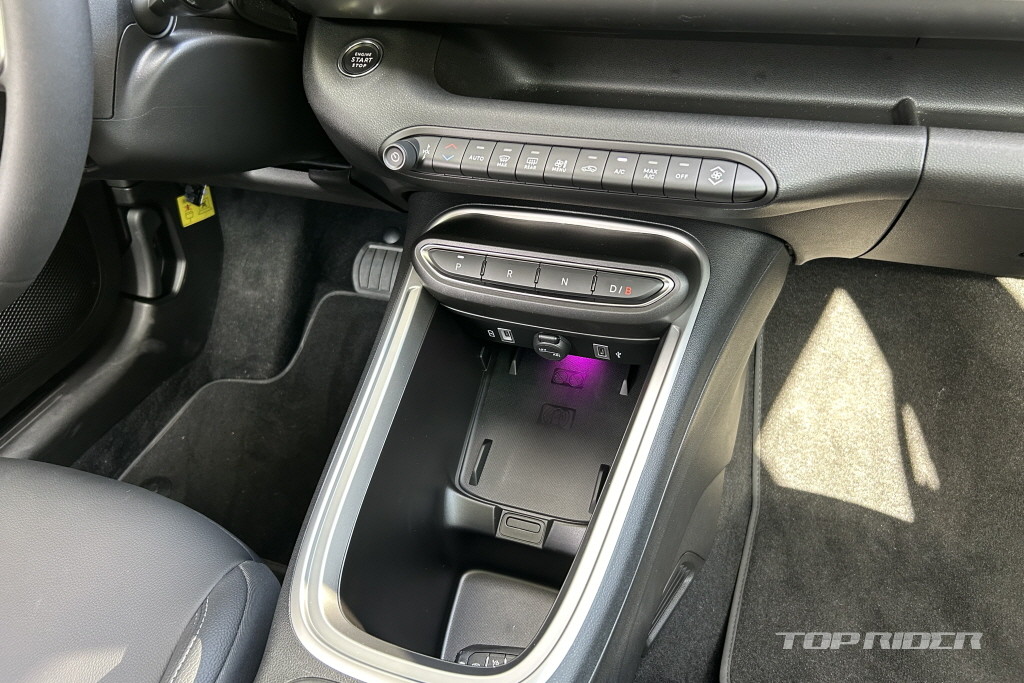
In the city, if you actively use regenerative braking and drive at a constant speed, the actual driving distance is expected to exceed 350 km. For reference, the European certified driving distance of the Avenger is over 400 km. The Avenger is equipped with a 400 V system. It supports 100 kW rapid charging. It takes about 24 minutes to charge the battery from 20 to 80%.
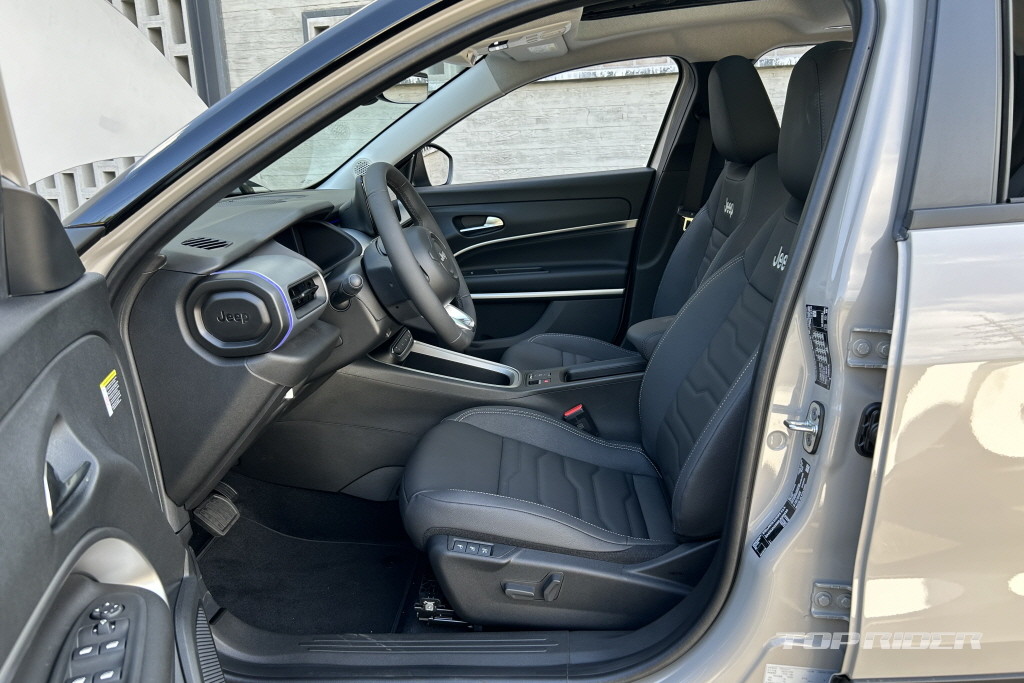
The Avenger is a front-wheel drive single motor that produces a maximum output of 156 horsepower and a maximum torque of 27.5 kgm. The acceleration of the Avenger is brisk as expected from an electric vehicle. The punching power is also good when re-accelerating from 50 km/h or 100 km/h. It is difficult to feel a lack of power in the city as well as on dedicated roads and highways.
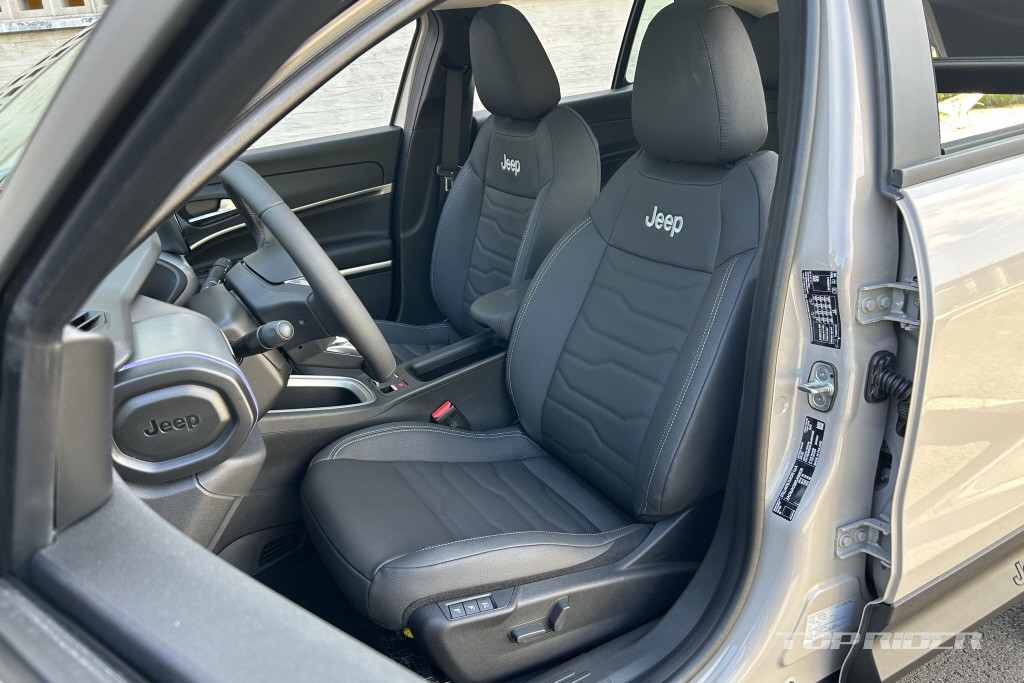
However, caution is required as torque steer occurs when accelerating rapidly from a standstill or at low speeds. The Avenger supports various driving modes such as Normal, Eco, Sports, Send, Mud, and Snow. Eco mode reduces output and air conditioning performance to maximize driving distance. Sports mode improves accelerator pedal responsiveness.
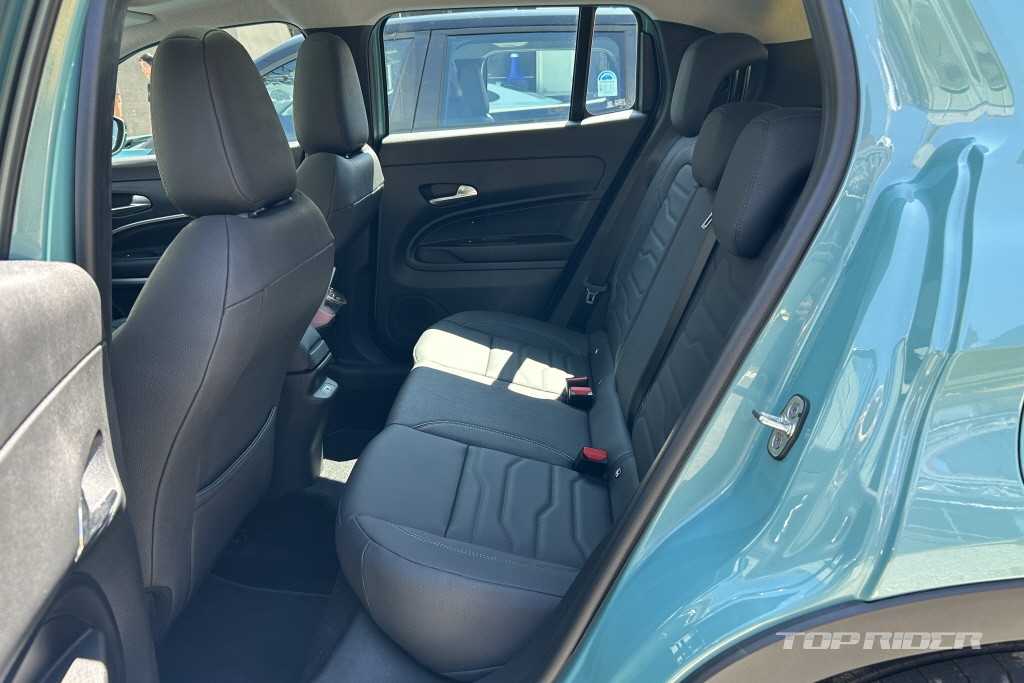
The Avenger’s ride is solid. It has a strong feel of a typical European car. In fact, the Avenger was developed in Europe and is also produced in European factories. The Avenger does not transmit shock to the driver even when passing over speed bumps rather quickly. It also corrects its posture after one or two body up-and-down movements.
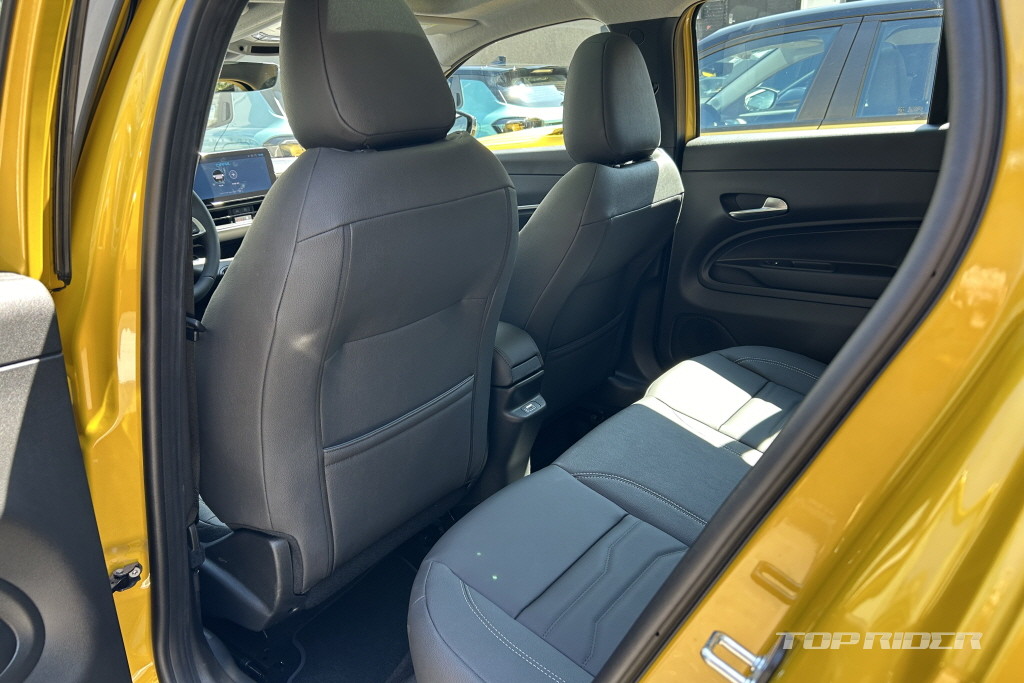
This movement continues even at high speeds. Even when passing over bumps or small potholes quickly, it is difficult to feel unpleasant shocks or vibrations. When passing over bump sections quickly, the posture is maintained without unnecessary shaking. The seat position is high, but the body sinks low at high speeds, making it stable.
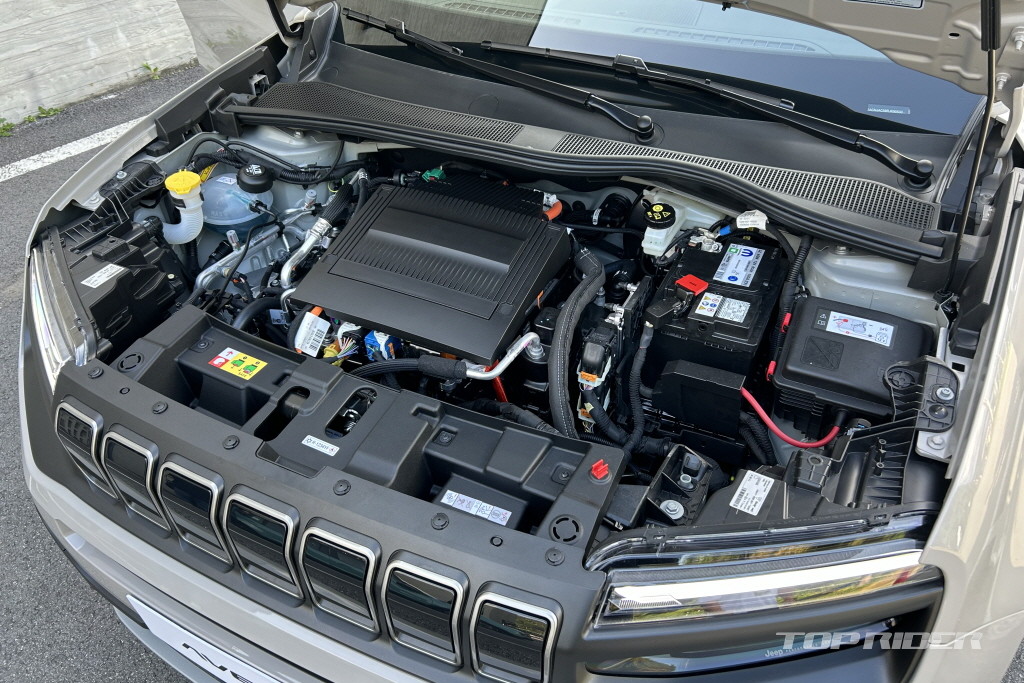
The electric car battery has the effect of lowering the center of gravity. The cornering performance of the Avenger is also reminiscent of European cars. In continuous cornering on a flat surface, the left-right rolling phenomenon of the body is suppressed as much as possible. If the corner entry speed is not too high, the corner can be dug deep. Overall, it feels like a BMW SUV.
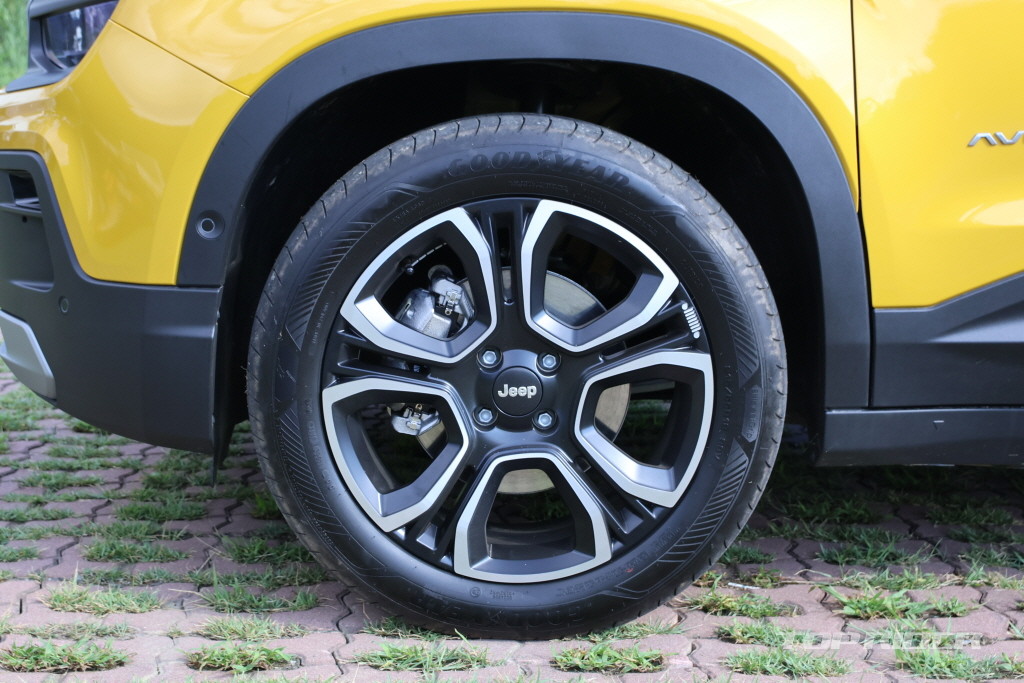
The genuine tire grip is also satisfactory. The Avenger’s brake pedal pressure setup is expected to be a matter of preference. The brake pedal pressure is as soft as a sponge, and the driver has to press it quite hard to reduce the speed as desired. The Avenger does not support regenerative braking stage adjustment, and only offers B mode.
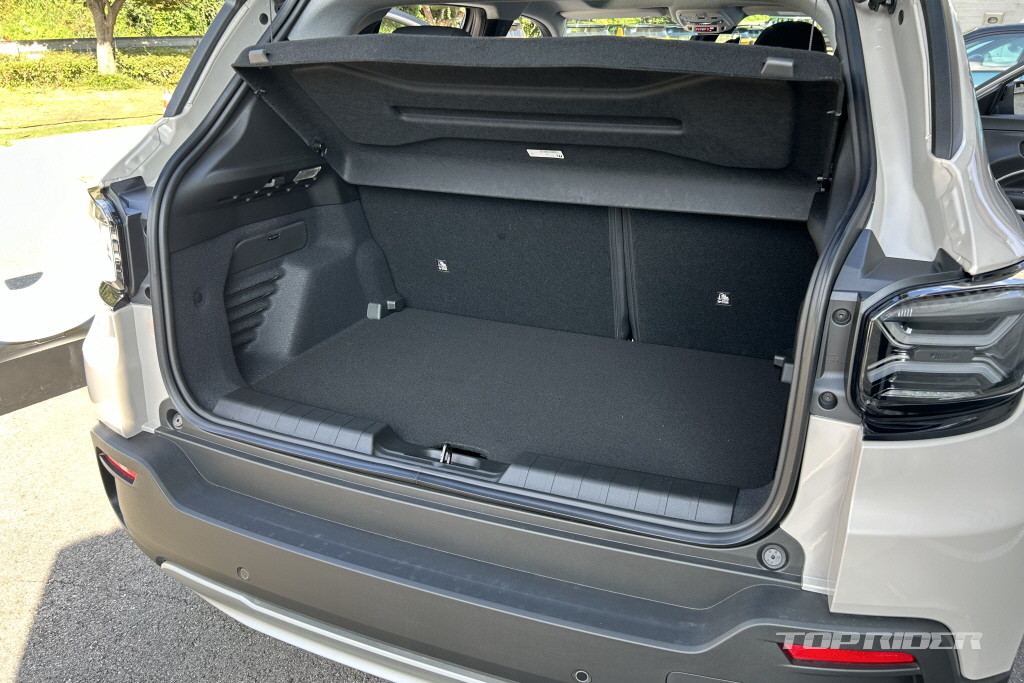
B mode belongs to the regenerative braking stage 3~4 of Hyundai Motor Group’s electric vehicles. The Avenger is a constant regenerative braking concept, and even in the basic drive mode, weak regenerative braking is applied. This is optimized for Korea, where there is a lot of urban driving. It is very similar to the driving feel of an internal combustion engine, which is at the level of the regenerative braking stage 1 of Hyundai Motor Group’s electric vehicles.

The lack of one-pedal driving may be disappointing for the driver, but it may be a relief for the passengers. The Avenger has a lower shield, a minimum ground clearance of 200mm, short front and rear overhangs, and a departure angle of 20 degrees, 20 degrees, and 32 degrees. It is higher than the Renegade. Off-road driving is possible except for extreme courses.
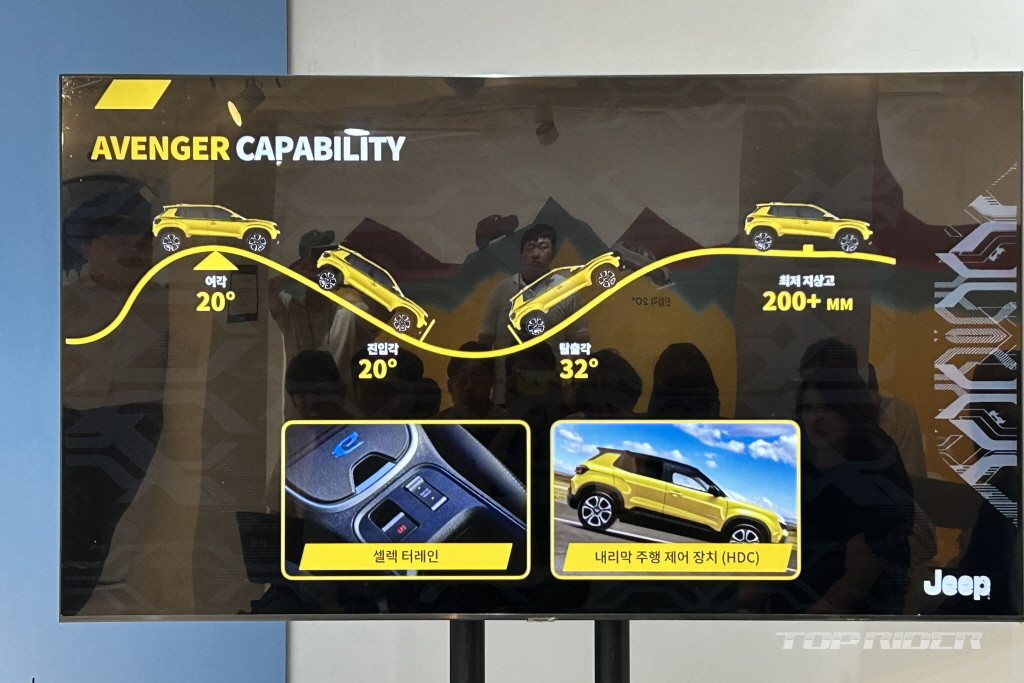
The Avenger has the strengths of a solid ride and handling that makes you forget the image of a conventional American car, a spacious interior, well-insulated road noise, a high actual driving range, and the latest ADAS system. It is especially competitive with its iconic exterior design alone. If you are considering getting started with an imported electric car, this is recommended.
